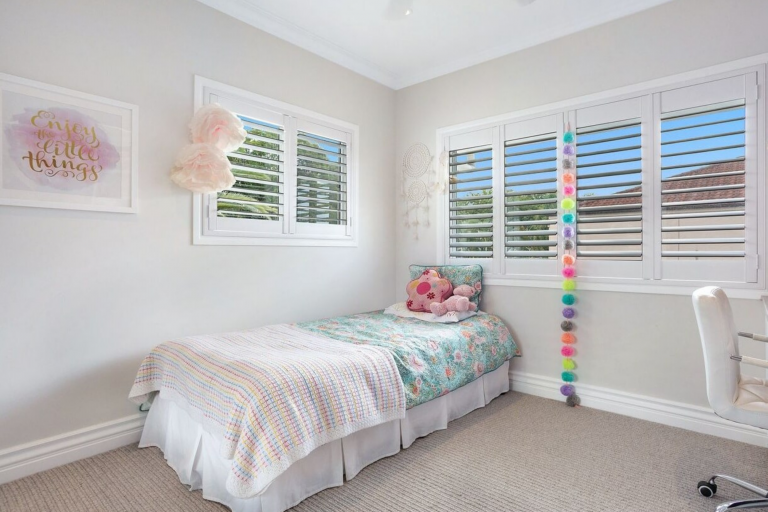Are you new to the world of flooring and don’t quite understand all the technical terminology? Not to worry, we have compiled a comprehensive list, you’ll be a pro before you know it!
Axminster
a traditional method of manufacturing carpet. Axminster carpet is when each tuft of yarn is woven and locked into place by shots of backing yarn to create a strong, integrated three-dimensional structure that produces highly patterned designs of many colours.
Architect card
an A4 sized card with small pieces of carpet samples showcasing all the colours available in the particular range or style of carpet and technical specifications.
ACCS
an abbreviation for Australian Carpet Classification Scheme, this is a national carpet grading scheme covering all types of carpet and all carpet fibres.
Berber
traditionally Berber carpet was made from natural-coloured wools however, these days a Berber is a heather carpet with a homespun appearance.
Binding
is where the material is stitched to the edge of the carpet to neatly finish the carpet. Generally used on rugs and mats.
Broadloom
the term for a carpet that is manufactured in 3.66m widths which is the same size of the machine.
Cut pile
is carpet which the tops of loops are cut to a uniform length, lightly twisted and heat set so the yarns stand upright.
Crushing
is when the carpet fibres are exposed to excessive amounts of pressure and fibres compress and flatten out. Extreme soiling and lack of routine maintenance may also cause this.
Fading
is where the colour of your carpet fades from being exposed to UV light and sunlight.
Felted yarn
is a special process in which the wool fibre is strengthened by permanently locking together the tiny scales to form a very powerful, resilient and smooth bond.
Frise
(pronounced free-zay) this carpet pile uses highly twisted yarn for a more textured cut pile.
Grading
An assessment that is given to a carpet following testing, to indicate its suitability for a particular location e.g. Heavy duty domestic/stairs.
Heather
carpet yarn made from more than one fibre colour, giving it a flecked and multi-coloured effect.
Hi-Low
loops of different heights which create patterns of lines within the carpet.
Insert
is when the carpet is laid into a cut out in the floor. Once laid the carpet and surrounding floor is one level.
Loop pile
carpet where the yarn has loops.
Lineal metres
is a standard length of carpet that measures 3.66m wide x 1 metre long.
Pile weight
the weight of the pile per square metre of carpet.
Plush
is a short, one level cut pile carpet.
Pilling
A condition where carpet fibres from different tufts entangle with one another forming hard masses called “Pills”. This can occur in heavy traffic areas. Pills can be safely clipped off with scissors.
Primary backing
is generally made with woven polypropylene during the production process.
Pattern match
all patterned carpets are varied in their repeat pattern size. Pattern match is when you have two pieces of carpet that the pattern meets together in the two different pieces.
Solution Dyed Nylon (SDN)
is a pre-dyeing process where the nylon thread is dyed before the fibre is made into carpet.
Smoothedge
is a thin piece of wood with small sharp pins that are used to install and hold the carpet in place.
Soiling
is the result of a residue on the carpet fibres which attracts dirt particles making the carpet appear dirty and unclean
Seam
are often used in large areas where the width is more than 3.66m. A seam is when two pieces of carpet are joined together.
Secondary backing
in good quality carpets a woven jute backing is glued to the primary backing to give the carpet strength and stability.
Shading
the effect, caused for example by footprints, which can be removed simply by brushing the carpet pile in the direction of its natural lay.
Shag pile
is a thick, long, rough carpet pile.
Tracking
areas of permanent shading relating to foot traffic patterns within a location are referred to as tracking effects. Turning points in a room and doorways are susceptible to this form of predictable traffic-induced shading. Can also be referred to as watermarking.
Twist
refers to the spiral disposition of the components of yarn, often referred to as a Twist pile.
Tufted carpet
carpet that is made by punching the pile yarn through the carpet backing material. A similar action of a regular sewing machine.
Underlay
refers to the layer of cushioning made from materials such as foam, felt or rubber which is then laid between your subfloor and new carpet.
Velour
a cut pile carpet with straighter than twisted yarn with the cut ends at the top, giving a soft, velvety like surface.
Woven carpet
is when multiple yarns are interlocked/weaved together at the same time with the backing.
80/20
the 80% wool, 20% nylon. The softness of wool combined with the strength of nylon creates the perfect carpet yarn.
References:
Wools of New Zealand (1997) The Carpet Book: Choosing the right carpet
https://www.brintons.com.au/residential/help-advice/carpet-terms

 (07) 5591 2777
(07) 5591 2777


